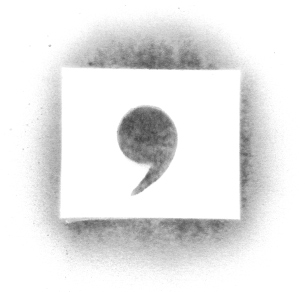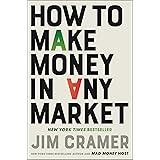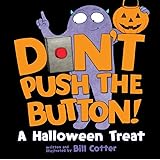“Unlocking the Mystery: How One Tiny Comma Can Change Everything in Your Writing!”
Ah, the humble comma! It’s a tiny punctuation mark, yet it wields the power to create chaos or clarity in sentences. Have you ever wondered why some writers treat commas like confetti—showering them everywhere—while others clutch theirs like prized possessions, using them only when absolutely necessary? It’s a conundrum that has puzzled—no, plagued—writers for ages.
From overly enthusiastic comma users to the “less is more” crowd, the inconsistency in comma application can leave readers dizzy. What gives? With so many conflicting style guides and opinions floating around, it’s no surprise that commas end up misused. But fear not! Despite the chaos, there are actually some foundational rules about comma usage that we can adhere to. In this article, we’ll break down the essential guidelines—so you can finally govern that little punctuation mark like a pro.
Ready to bring some order to your writing? Let’s dive in.
For such a little punctuation mark, the comma causes an awful lot of confusion.
















